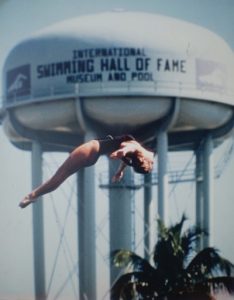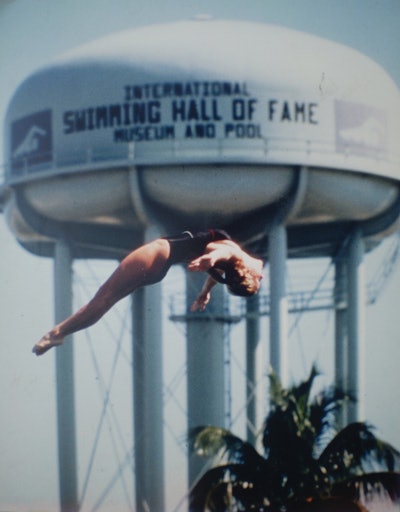OSHA has issued a new regulation regarding life jackets that pool professionals in California need to know about. One rule that has been confusing and frustrating pool professionals in California is the requirement that pool cleaners wear a life jacket on the job. As a way to protect workers from drowning hazards, the CCR 3389 regulation was put in place by OSHA.
OSHA: Life Jackets and Pool Cleaners Go Hand in Hand
Many pool cleaners find the idea of wearing life jacket while they perform their duties is unnecessary and cumbersome. Many would argue that they don’t get in the pool or engage in activities that would normally require a flotation device.
The CPSA had this to say about regulations: “We were recently called to by one of our larger pool services members who brought to our notice a recent interaction with Cal-OSHA. The company wanted to do the right thing and scheduled a review of safety procedures to ensure they were following all regulations and avoid future audits or penalties. According to the pool service company, they provide gloves and goggles for their employees.
Although well-intentioned, does the regulation make sense?
OSHA believes that life jackets are necessary in order to protect workers from unforeseeable accidents or emergencies. If a pool cleaner falls into the water and needs to buoyancy until help arrives, then the life jacket will provide the protection they need.
Many pool professionals don’t understand the rules, despite their good intentions. Some are concerned that heavy pool safety equipment such as a life jacket, could restrict their movements and make it harder to do their jobs effectively.
Others pointed out that pool cleaners already have safety precautions in place, including the use of safety ropes or harnesses. This should be enough to prevent any accidents.
There are no exceptions
OSHA made it clear, despite these concerns that the life jacket rule was not negotiable and must be observed. Failure to adhere could result in fines or other penalties for pool professionals.
The Net Net
Employers are required to provide personal flotation devices to employees who work in areas where they could be at risk of drowning if they require them to do so. This includes pool technicians, repair contractors, maintenance workers, and others who work in the industry.
Many pool professionals are reluctant to accept the rule, but they do their best to comply. The confusion and frustration around T8 CCR 389 still exist. It will take time for California’s pool industry adjust to the new safety regulation.
Understanding the OSHA Life Vest Regulation
T8 CCR 3299. Life Rings and Personal Flotation devices
(a) Except for the marine terminal operations specified in subsection (1), at least one U.S. Coast Guard approved 30 inch life ring with not more than 90 feet of 600-pound capacity lines attached shall be kept in a place where employees work could expose them to the danger of drowning.
Accident Report Detail – Pool Drownings
Here is a list of all recorded incidents that led up to this decision.
ARD Pool Drownings
By
Joe Trusty
What is OSHA? Do you need to comply with the regulations?
To provide safe and healthy work environments, Congress passed the Occupational Health and Safety Act of 1970. However, despite its sounding advantageous and protecting, many business owners see the organization as a very unscrupulous government agency. This is especially true when it distributes information to businesses that are affected by changes in regulations.
For the moment, the best advice is to invest in life jackets and train your staff. You can avoid possible penalties by ensuring that your pool business follows the law.
The post California Pool Pros Struggle to Understand OSHA Life Jacket Regs appeared originally on PoolMagazine.com. Get the Latest Pool News.






